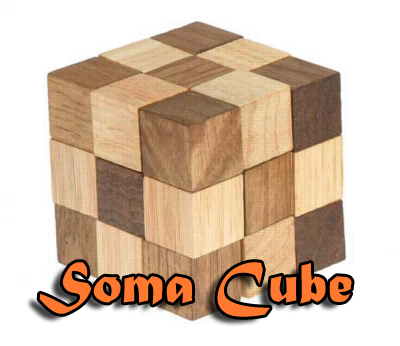This time we bring you Lumines, created by Q Entertainment for the PSP, it released in Japan on December 12, 2004. It's one of the most well known PSP titles and recommended for anyone that has the system.
It's somewhat inspired by Tetris since it uses blocks and they too disappear under certain conditions but that's has far as similarities go here.
General view:

Objective:
The core mode of Lumines is basically to survive as long as you can, there's no time limit nor ending, just like Tetris. Here's how it works, you're given a wide rectangular area and 2x2 blocks fall from the top, they have only 2 colors or just one and a set of patterns. While these blocks fall there's a 3rd element on the works, a vertical line that sweeps the screen. When it finds a square formed by same color blocks, or even several squares as it passes they disappear. There's no limit to the number of squares you can make before it sweeps or after.
Difficulty:
There are several things to take into account, besides the way you get the blocks together, there's the "sweeper's" speed, you see, it varies with the music that's playing in the background, so if its a slower music it will take much longer to "sweep" the formed squares, on the other hand if the music is more lively it will pass through quick. One other thing is the remaining blocks after a sweep will fall when the square is clear which means if you want to last long you'll have to not only think about the current positioning but also future ones.
Variations:
These are not really variations but rather game modes such as puzzle mode, where you must solve the puzzle given just a few turns. Time Attack, against a clock and yet another that you have to "draw" a given shape or drawing with blocks. There are a couple more added in Lumines 2 as well.
Benefits of Lumines:
Well Lumines is pretty much like Tetris only with flashier graphics and music. Its very addicting for its simplicity and fun. It's good for logical thinking development, coordination, be it hand eye and even hear since listening to the music tells you how is the speed going to be.
Puzzler Approved!






































